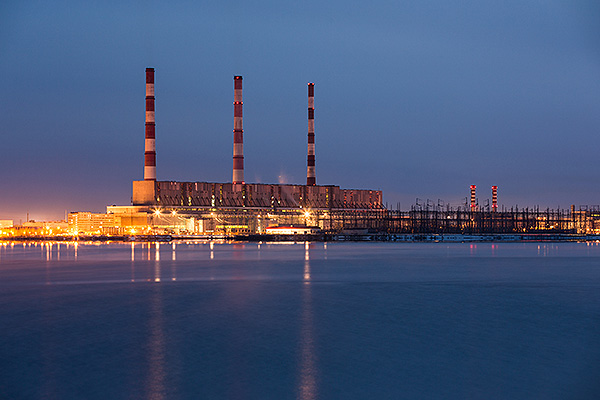
Thunder Makes All the Noise, But Lightning Does All the Work
The nation’s three power grids, comprised of 11,925 utility-scale power plants as of 2021, have a lot on their collective frontal lobe right now—and it’s less about July’s near-record demand in Ariz., Texas, and Calif., than the monster demand that’s coming.
Reese Energy Consulting today is following the latest on U.S. natural gas and the electrical power factor. LNG has become the scene-stealer when we talk about record levels of natural gas production with much of it exported as LNG. In 2022, the U.S. consumed the highest amount of natural gas since 1949 at 88.5 BCFD. According to the EIA, domestic power plant developers this year plan to build only 7.5 GW of new natural gas-fired capacity. (Cue laughter by Elon Musk.)
Last month, more than 2.5 million battery and plug-in hybrid vehicles filled their gullets with power at home or the nearest charging station. The Tesla machine, which will produce 1.8 million EVs globally this year, is rolling out hundreds a day from its Austin gigafactory which isn’t even finished yet. Musk predicts the baseload of U.S. power plants will need to triple by 2045 to keep pace not just with Tesla but the nation’s electrification racing forward. For Tulsa-based Williams Companies CEO Alan Armstrong, that ferocious power demand—also spurred by economic growth—will require more natural gas to offset intermittent renewables. Sez Armstrong: The U.S. can’t implement and accelerate wind and solar and large-scale electrification without having natural gas as a reliable, complementary partner to big system changes. (Cue the lightning.)
